You can contact LEARNZ, part of CORE Education, at:
Postal Address:
PO Box 13 678,
Christchurch 8141,
New Zealand
Speed of Tangaroa: 9.5 knots
Sea Temperature: 17.6°C
Water Depth: 5,532m
Hi Everyone,
You rose early this morning to make the most of your last day out ‘on station’ in the middle of the ocean. You caught up with the scientists working on the CTD and saw it being brought aboard. This unit has been working almost continually since you arrived. Denise took some time out from taking water samples to talk to you about her work.
The life of an oceanographer
Denise has always been fascinated by the ocean so she found out what she needed to study to become an oceanographer. She completed a degree with maths and physics and then went on to complete her Masters. Denise is now working on a PhD so that she can reach her goal of becoming an oceanographer. Oceanographers study the physical properties and processes of the ocean to try and understand how the ocean works, reacts to change and how it fits in with other global processes. It was easy to see just how passionate Denise is about the ocean especially when she said that she wouldn’t mind living on a boat. The sea is rougher today and it is times like this that I feel like more of a land lover than an ocean person. The big swells have been making a few people feel queasy again so I had to admire Denise’s commitment. Watch the video to find out more.
More questions
You heard some challenging questions from Mount Somers Springburn School and Newtown School during the audioconference. One of the questions was about ocean currents which are caused by wind, tides and differences in temperature and salinity. Because cold water sinks and is replaced by warm water the ocean shifts cold water from cold places to warmer places. This mixing keeps both the oceans and air above it at a more moderate temperature. The ocean absorbs much more heat than the air so to understand climate change we need to understand just how much heat the ocean is absorbing. Argo floats should eventually help answer this question.
Collecting and comparing samples
The focus of this voyage is to deploy Argo Floats but to know whether they are working properly it is important to have another method of collecting very accurate data to compare. If both methods have the same data you can be confident that the Argo Floats are working well. Matt showed you how the CTD works. The unit has 24 bottles on board to take samples and sensors at the bottom to measure temperature, depth and salinity. When the CTD is put in the water the bottles are open at both the top and the bottom so the water flows through them. Then the scientists can trigger the bottles to close at different depths. It was amazing to see the CTD come back up knowing that it had been all the way to the bottom of the ocean. Just imagine what it is like way down there in the dark. The water collected from this depth was really cold and was measured at between one and two degrees.
Heading for home
The scientists now have all the data they need from the CTD and have deployed both Deep Argoes so you have begun your journey home. It will take about 40 hours to travel to Auckland. We should be there in time for an 8am dock.
Tomorrow will be your last full day on board the RV Tangaroa and you will be busy deploying three more regular Argo Floats.
See you then,
Shelley the LEARNZ Teacher
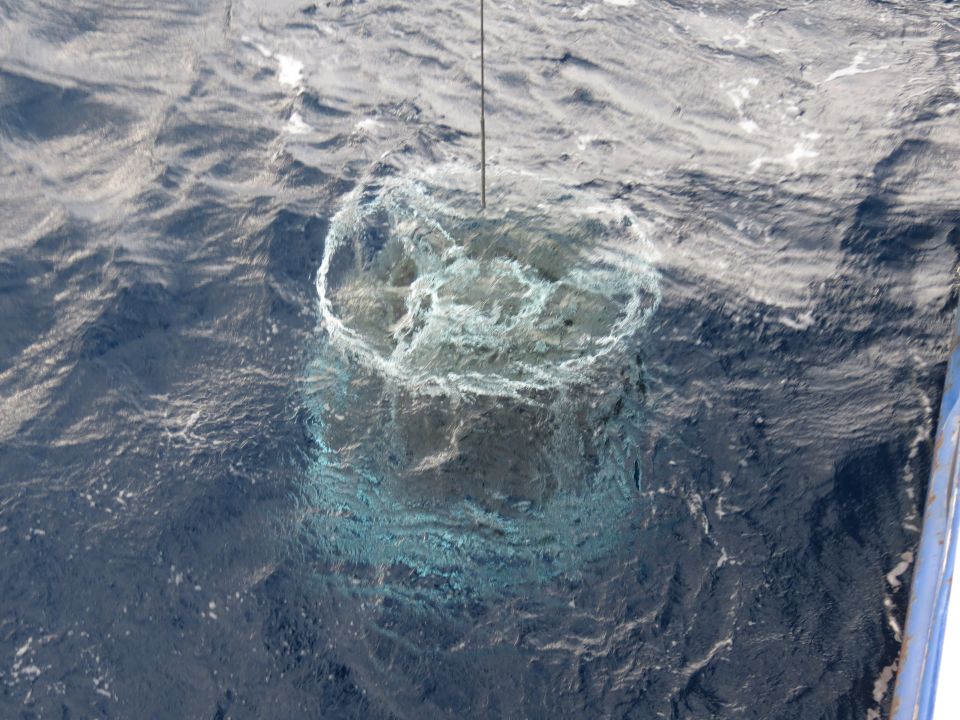
The CTD is at the surface ready to be brought on board. How deep does the CTD go?
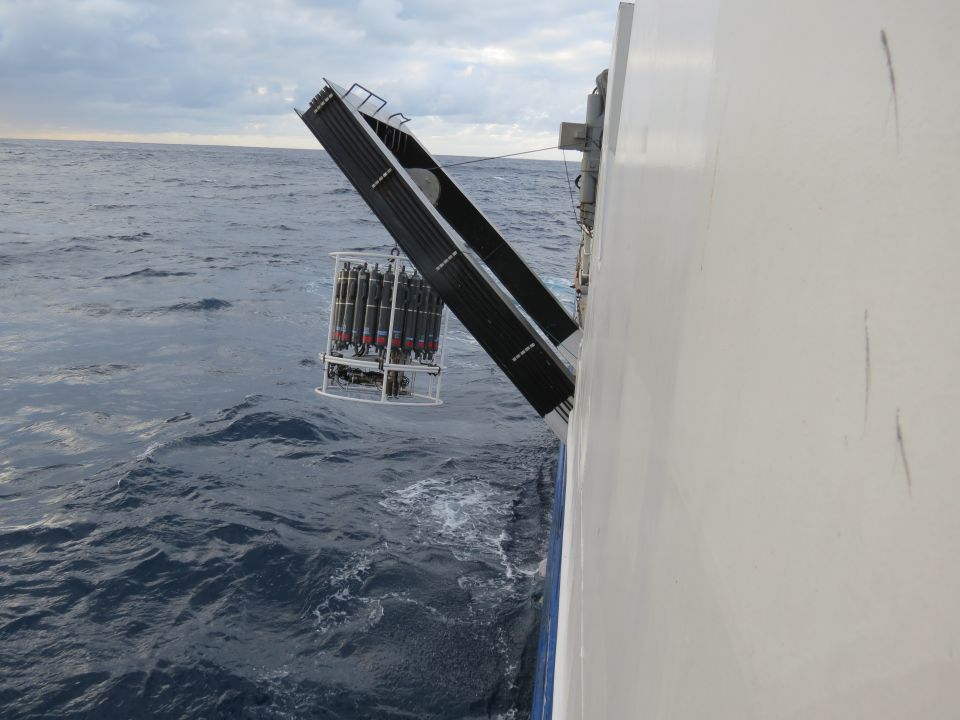
The CTD is brought safely on board. What equipment is used to lower and lift the CTD?
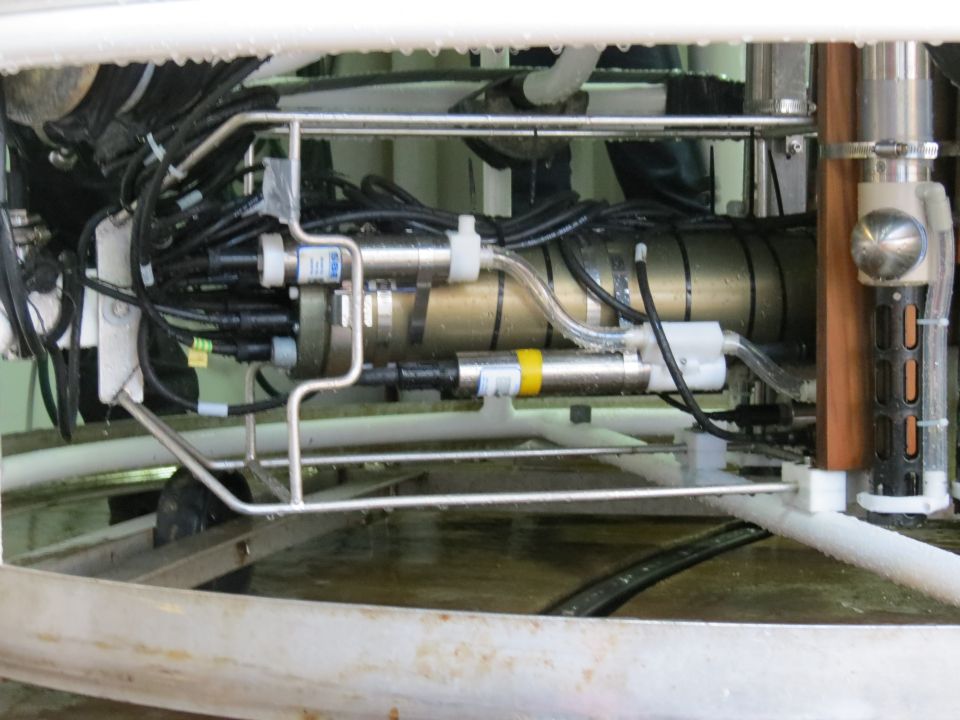
The sensors at the bottom are the actual CTD where salinity, temperature and depth are measured? What does CTD stand for and why is it called this?
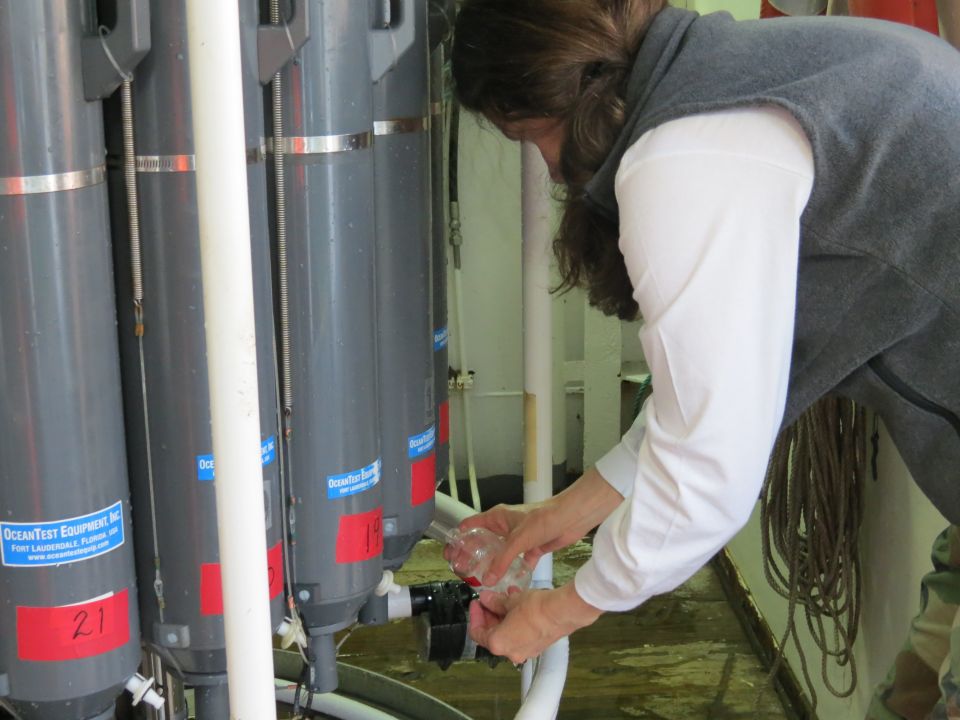
Carol takes a water sample from one of the bottles on the CTD unit. This water will be tested to find out what the dissolved oxygen content is. Why do you think scientists would want to know how much oxygen is in the water?
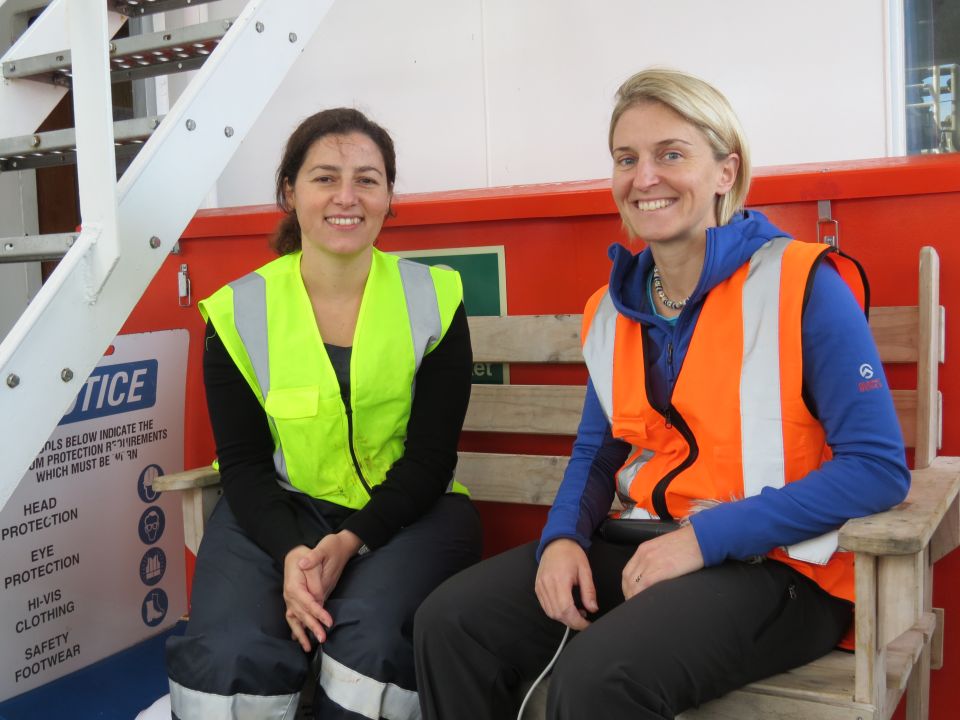
Denise Fernandez talks to Shelley about her work as a scientist. What skills do you think a scientist needs to have?
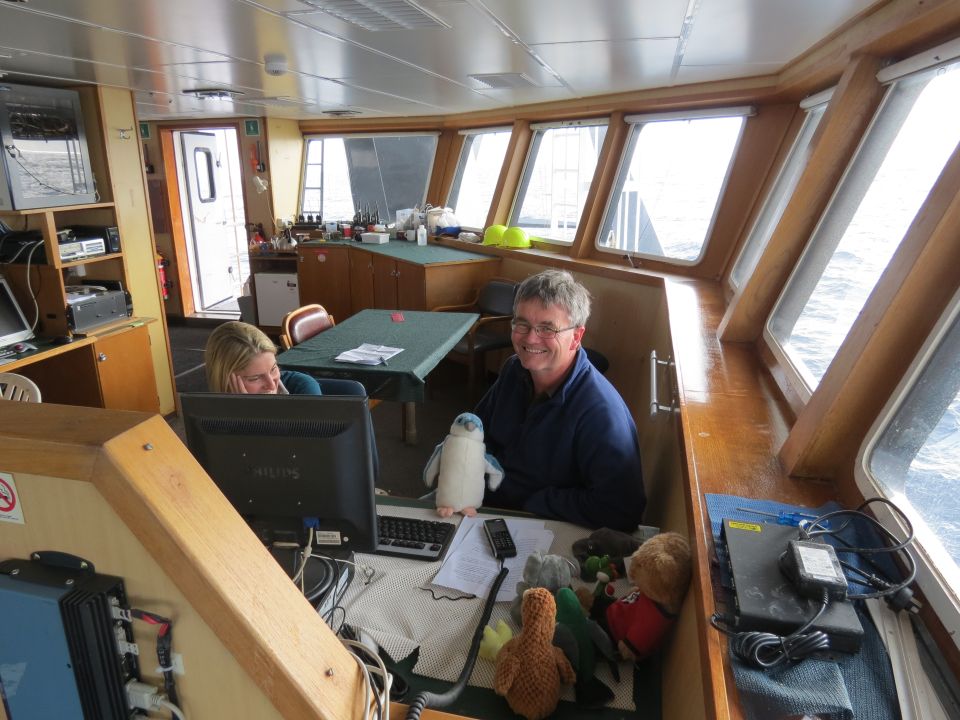
Phil and Shelley talk to Mount Somers Springburn School and Newtown School during today’s audioconference.
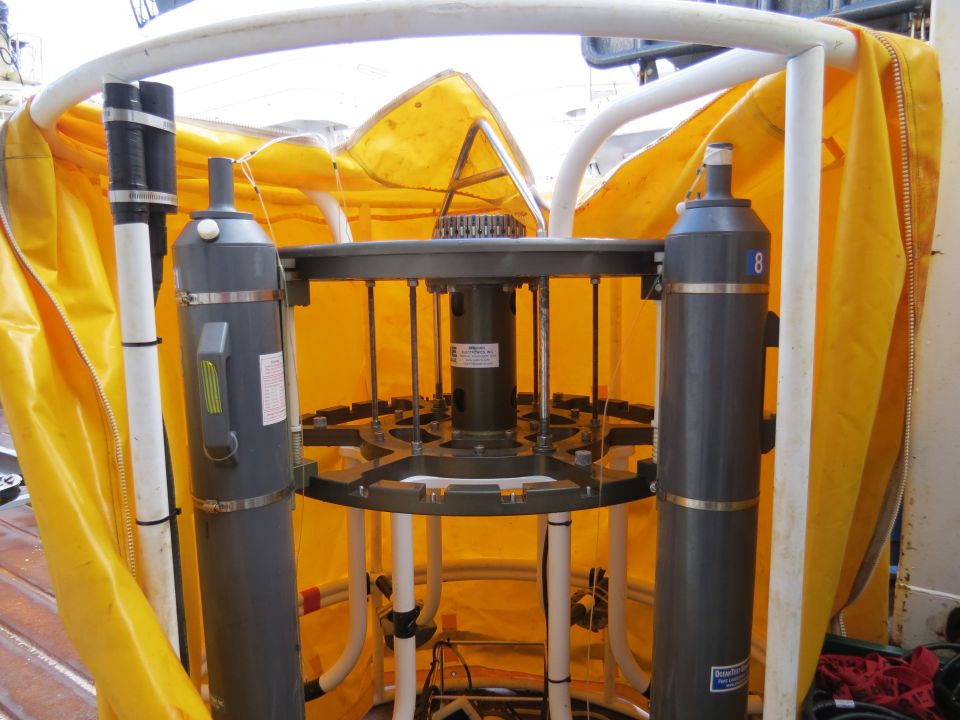
This is a spare CTD unit. Why do you think a spare unit has been brought on this voyage?
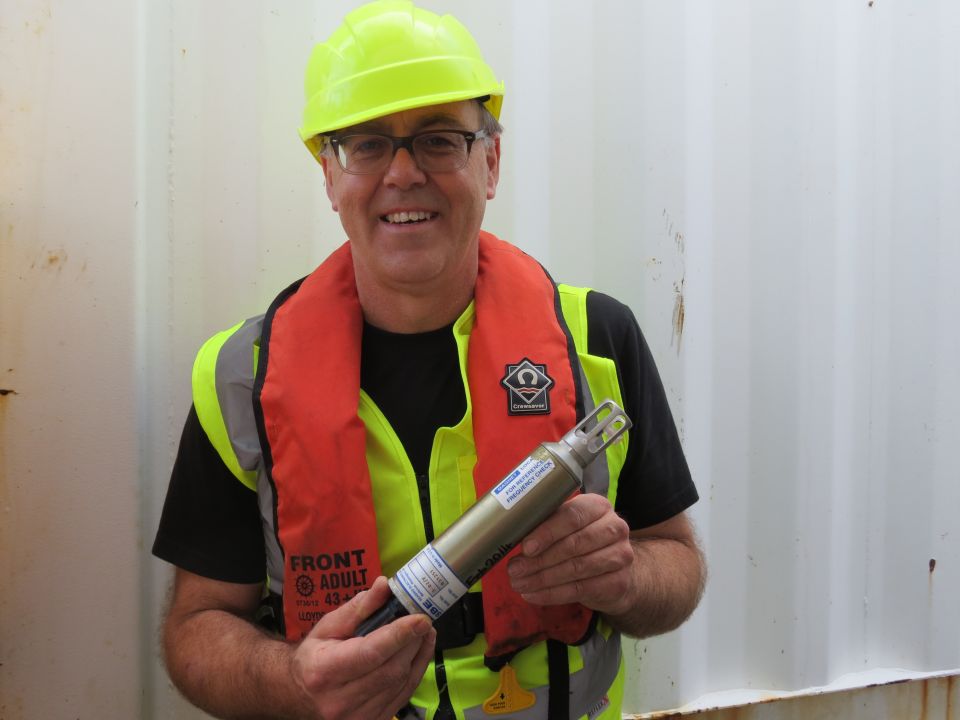
Matt shows you a temperature sensor used on the CTD. How accurate are these sensors?